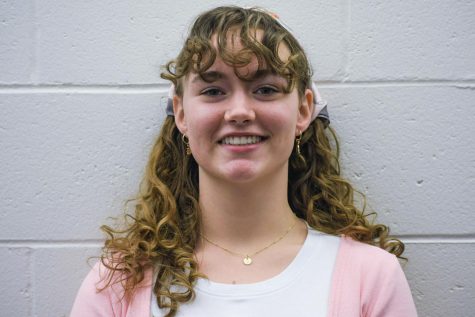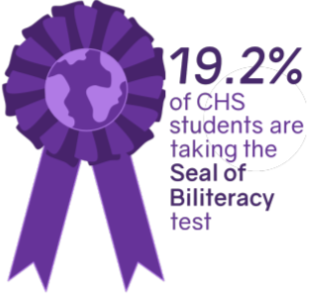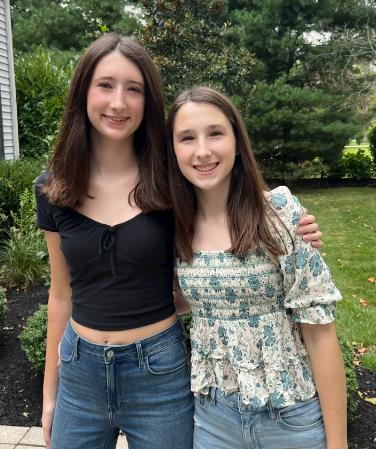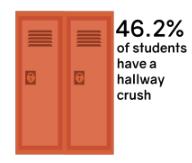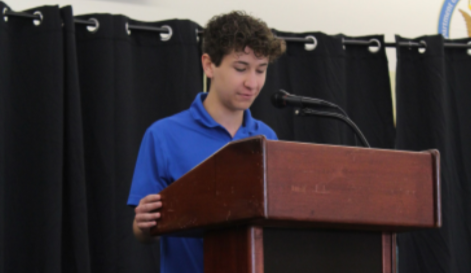Daily health screenings help ‘stop’ the spread of COVID-19

BLOT GRAPHIC BY DANI McLAUGHLIN
CHS School Nurse Dorothy Condon explains the importance of the daily health screenings.
January 19, 2021
CHS School Nurse Dorothy was promoted to district Head Nurse last year, starting in September 2019. She joked about jumping into the position at the wrong time.
“I’ve been working 18 hours a day since March,” she explained.
When the pandemic broke out last spring and all 16 schools in the Monmouth County Vocational School District shut down, Condon, under Superintendent Charles R. Ford’s direction, was teamed up with a few other employees across different schools in the district: their objective was to figure out how to safely reopen, specifically starting with the minute a student walks in the building.
“Someone on my team, his name is Tim Lutcza, he is a culinary instructor and his kids played very competitive soccer… this young guy, his name is Raul, he made an app for them. That’s the red-light-green-light app. He made it for the soccer kids going to soccer practice,” Condon said. “[Lutcza] had it on his phone, and he said ‘Dot, he could probably make an app for us and we could tweak it to our needs.’”
Condon worked with the aforementioned Raul DeSai all summer to code what became the “Traffic Light Survey,” a daily health screening application that analyzes relevant symptoms and habits of any person entering the building, and gives them a pass with a “green light” or denies them entry with a “red light.”
“Those questions are driven by the New Jersey Department of Health,” Condon said. “Every time a new update comes out, I update the app. That app keeps evolving and evolving.”
Students fill out the questionnaire before school, and the day’s responses are all automatically saved to a digital spreadsheet: useful for not only health-related reasons, but also attendance and contact tracing whenever necessary. As per the survey’s confidentiality agreement, these spreadsheet depositories of student health information are secure, accessible only to each school’s nurse and principal. Condon, however, as Head Nurse, can review health information across the district.
In the morning, if and when a student’s survey result gets a “red light,” an email is immediately sent to both Gleason and Condon. It isn’t often concerning when it does happen; Principal Gleason and Condon both recalled frequent instances in which students received what Gleason called a “false positive.”
“Mr. Gleason will sit out at the back table behind us, and what he’s doing is he’s updating me with who triggered a red alert,” Condon said. “Most often it’s because they made a mistake.”
“People are taking maybe an Advil or something like that for aches and pains… and they’ll get the red stop sign,” Gleason said. “I think there’s probably more of that that takes place than anything else,” he concluded in agreement with Condon.
As Condon reflected on CHS’s hybrid opening, she cited the app as instrumental to the school’s relative success in containing community spread.
“The app has been really, really good. I’m glad we invested in it,” Condon said. “I don’t know how long we’ll have it… this time next year I hope we can go back to normal.”



